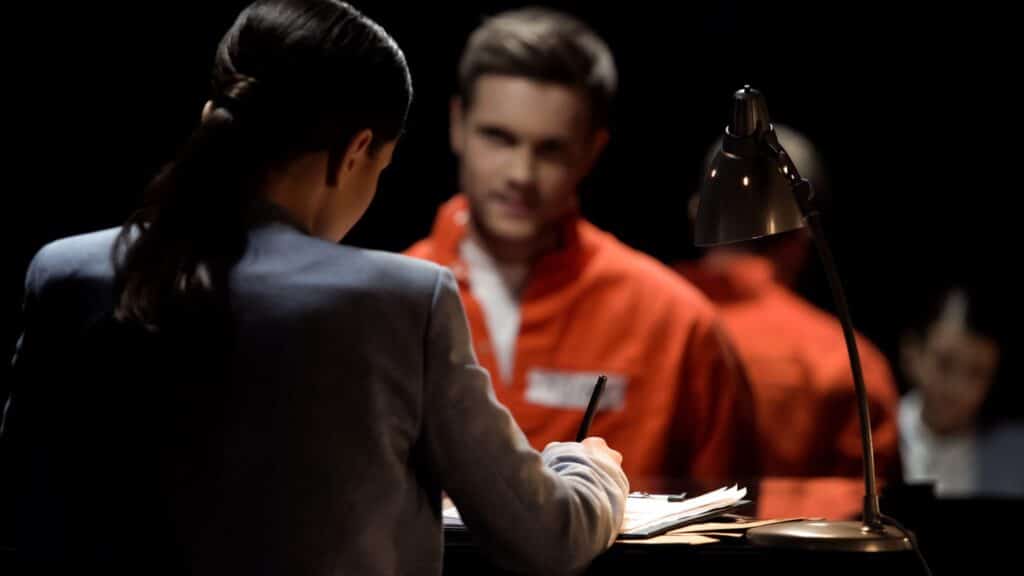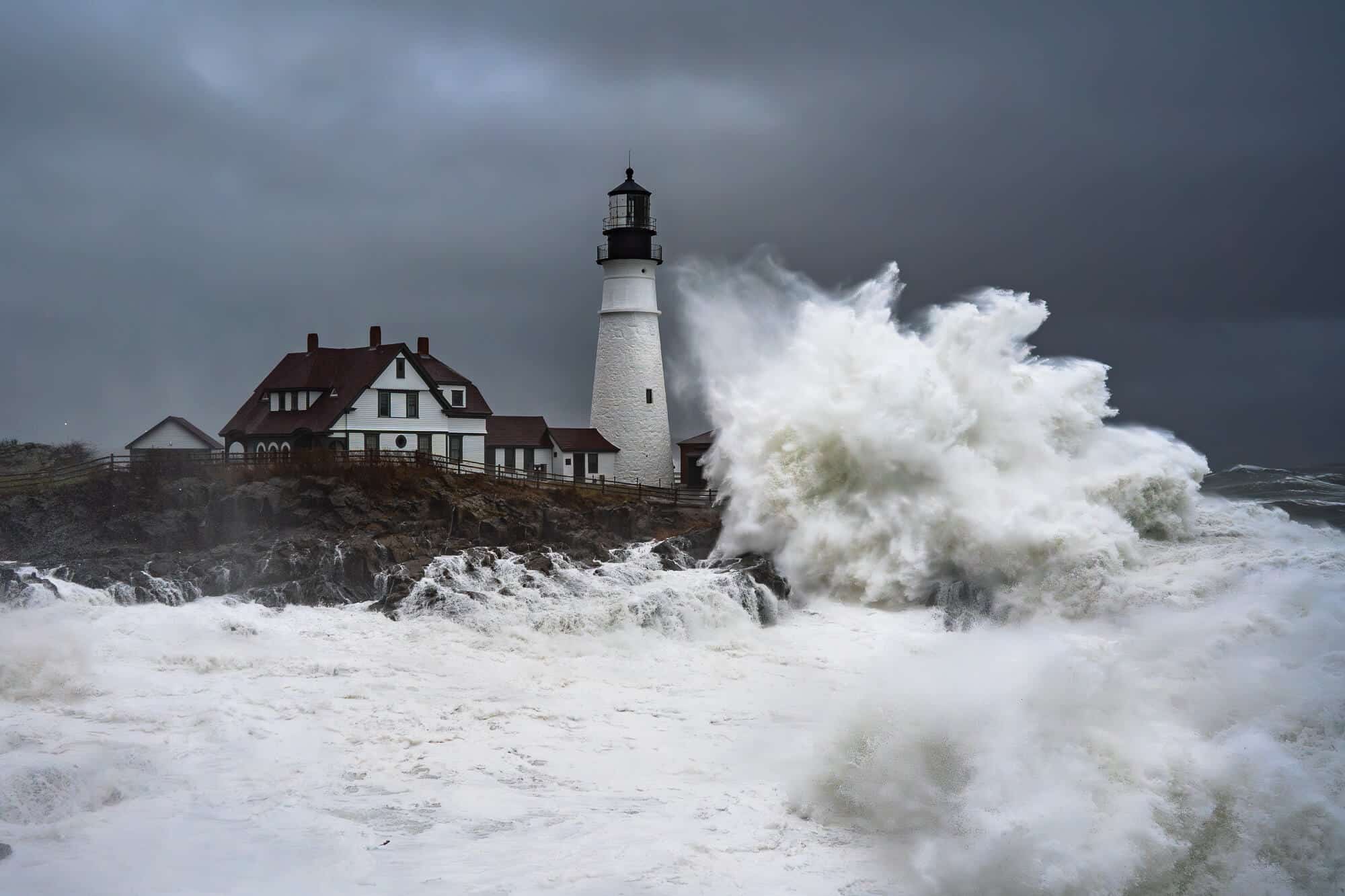In our last blog post, we recounted how law enforcement could easily manipulate eyewitnesses to make them give damning testimony against you if you’ve been charged with a crime. One way that this can happen is through photo arrays – a binder or computer database of mugshots. If these photos are not put together properly, or if they’re organized in an intentionally misleading way, it can lead to an eyewitness identifying you as the person who they saw committing a crime, even if you were nowhere near the crime scene.
However, just because an eyewitness incorrectly identifies you as the perpetrator does not mean that this evidence can’t be challenged. Having a good criminal defense attorney on your side throughout the process can help immensely, especially if a photo array was used to help an eyewitness make an identification.
Eyewitnesses Are Far From Reliable
Despite the weight that the law and law enforcement puts on an eyewitness’ testimony during trial, science suggests that eyewitnesses are far from reliable. In fact, numerous studies give proof that an eyewitness’ memory of a crime is inherently unreliable, even when there haven’t been any outside influences, trying to manipulate their account of the story.
Photo Arrays Can Be Suggestive
However, there are often plenty of outside influences that play into an eyewitness’ account of a crime. A common source of these outside influences come from law enforcement, as they investigate a crime and try to find who committed it. One way that they can manipulate an eyewitness’ identification is by playing with how people are presented in a photo array.
For example, one photo array used by Virginia police to get an arrest involved six black-and-white photos, and one color picture. Even though the photo of the actual perpetrator was one of the black-and-white images, the eyewitness pointed to the color photograph. Later, the eyewitness was asked to make an identification from a live lineup. The only person from the photo array was the one with the color photograph. The eyewitness identified him, again, and he served 15 years in jail before being exonerated.
How Criminal Defense Attorneys Help
Unfortunately, you do not have a right to have your attorney present when an eyewitness makes an identification from a photo array. However, the photo array has to be turned over to your defense lawyer if it’s going to be used by the prosecutors. As soon as your defense attorney gets his hands on the array, he’ll scour it for any sign that it influenced the eyewitness. This can take countless shapes, from the size and color of the pictures, to the camera angle, to the placement of the pictures in the array. If the array is suggestive enough, the court can prevent the eyewitness’ identification from being heard in court, drastically hurting the prosecutor’s case against you.
Criminal Defense Attorney William T. Bly
William T. Bly is a criminal defense attorney in the state of Maine. If you’ve been charged with a crime, contact him online or at (207) 571-8146 for vigorous defense, both in an out of court.


